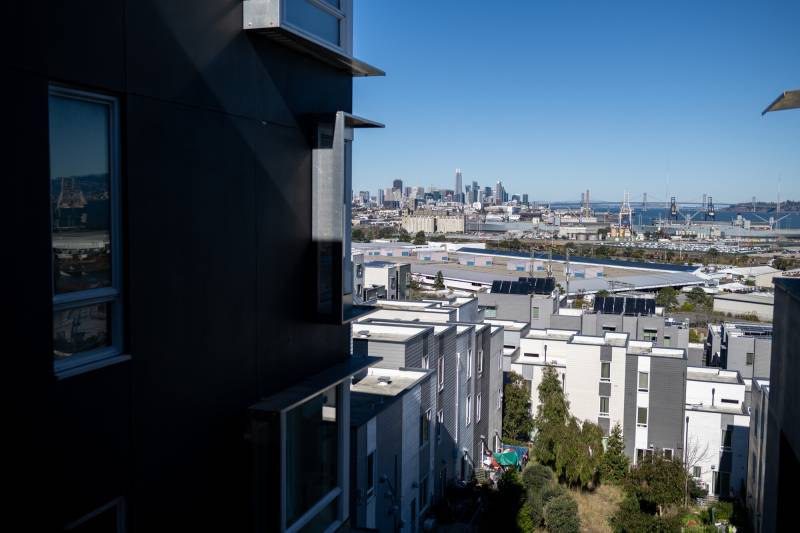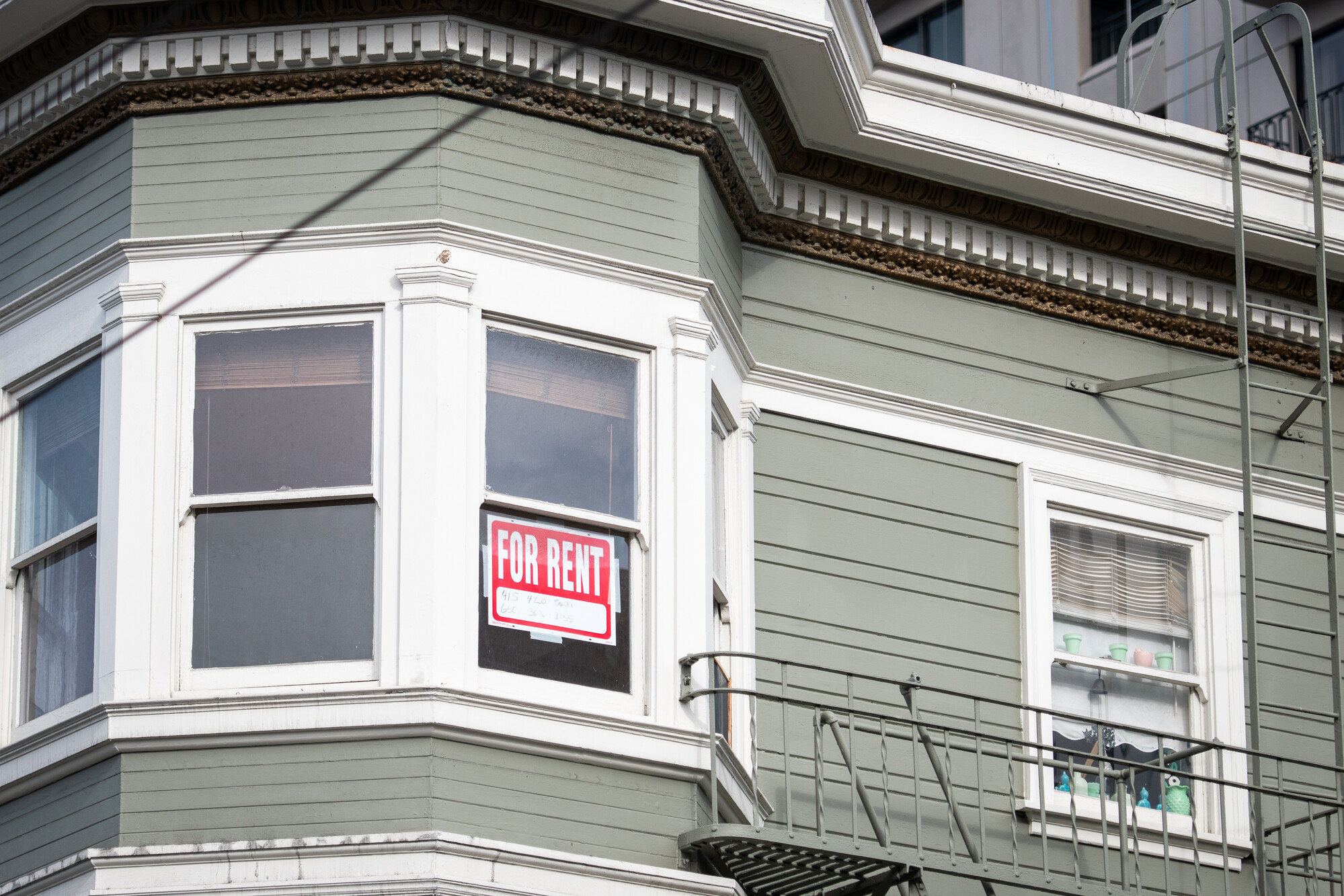In 2014, an executive summary from the city planning department estimated that there were between 30,000 and 50,000 illegal additional units. While the city now has legislation that allows people to legalize some previously unauthorized ADUs, there are still homes where too many people live or homes that aren’t up to code, like the one Sanchez allegedly rented.
Muhammad Alameldin, an associate professor at the Terner Center, said that units with poor conditions are often the last line of defense for people at risk of becoming unhoused or having to move out of the region where they work and have built their lives.
“To be in a situation where you have to split up existing houses into multiple units for multiple families means that we have not built enough housing for everyone in this county, and people are being forced into desperate situations because of that,” he said.
Karlinsky said it doesn’t have to be this way.
In November, voters will decide on a $20 billion affordable housing bond put on the ballot by the Bay Area Housing Finance Authority. If passed, the funds would be used to build or preserve at least 70,000 affordable housing units, almost half of which would be reserved for very low-income households in the nine Bay Area counties.
She also said municipalities could change zoning laws to allow for more apartments, especially in suburban areas near transit. Additionally, more small and mid-size apartments could be built in single-family neighborhoods. Legislation signed by Gov. Gavin Newsom in 2021 allows homeowners to divide a single-family lot into as many as four units in some cases.
Karlinsky said if done many times, these conversions could contribute substantially to the housing supply.
“There are many policy levers that can be pulled to help the region and the state kind of get out of this situation and enable people to live in safe, decent, affordable housing,” she told KQED. “It’s just really a matter of political will to make those things happen.”



